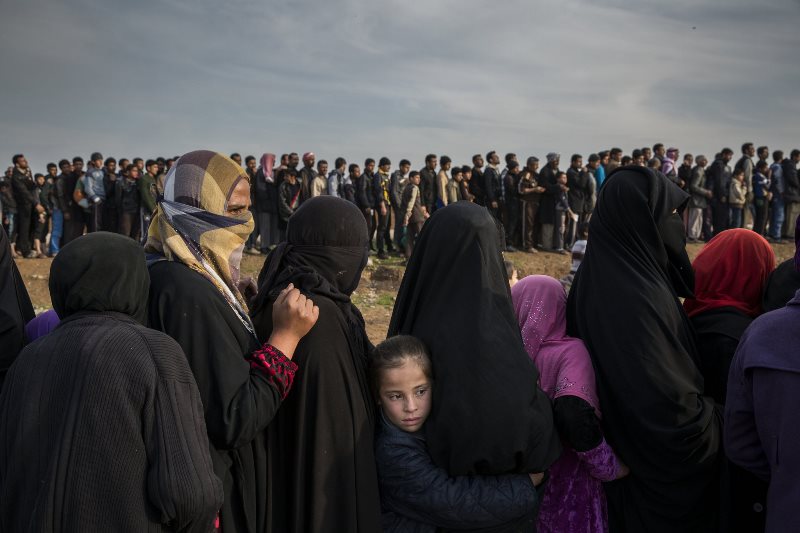On July 9, the Iraqi Prime Minister Haider al-Abadi declared victory in Mosul after the city was finally retaken from ISIS. It was only three years ago, in June 2014, around 1,500 fighters from ISIS routed a force over 20 times its size (surrender) and captured Iraq’s second-largest city. Soon after ISIS spokesman Abu Muhammad al-Adnani announced the founding of a Khilafah and in July 2014 Abu Bakr al-Baghdadi gave a victory address from the Great Mosque of al-Nuri in Mosul. The battle for Mosul is being presented as a significant milestone for Iraq and the global western coalition, but in reality, it is not the end of the road.
Comment:
Thousands have died, nearly a million residents have fled, and swaths of Mosul have been reduced to ruins during the grueling campaign, including the ancient al-Nuri Mosque and Minaret. Despite the fact that ISIS forces numbered only between 10,000 – 15,000 personnel it has taken nearly nine months to defeat them in the city despite the fact that a huge operation, involving more than 100,000 Iraqi troops, federal police and various militias as well as Iraqi security forces, who overwhelmingly outnumbered ISIS, and were backed by the US. How were ISIS able to survive for so long despite the odds being staked against them reveals the real capabilities of the Iraqi forces.
The city Iraqi forces have reclaimed is broken. The city lies in rubble and the people of Mosul who have managed to survive no more trust the Iraqi central government as they do ISIS. The reality is a Shi’ah military force has taken over a majority Sunni city. Its population doesn’t trust the central government any more than it trusts the Iran-backed Shi’ah militias operating around Mosul. This is the liberation that is being presented to the people of Mosul. And so Iraq’s fundamental problems remain unresolved.
The US planned from the outset to dominate Iraq by pursuing the de facto ethnic partition of the country into three autonomous, ethnically divided territories for Sunnis, Kurds and Shi’ah respectively. This division is at the heart of all its problems. The democratic parliament and legislative assembly the US set up in Iraq turned the nation into a factional state with an everlasting factional infighting becoming a permanent state of affairs.
The role of Iran is now institutionalized in Iraq. When the US was marred in an insurgency in 2005 and began the process of establishing the country’s political system, Iran rather than continue bleeding the US to death made its loyalists join the US created system and end its insurgency.
Mahmud Ahmadinejad in an interview with the New York Times during his visit to the United Nations Summit in September 2008 confirmed: “Iran has extended its hand of cooperation to the United States on the issue of Afghanistan…and our country has given assistance to the US in restoring peace and stability in Iraq.” The US through promises of positions in government, bribes and rewards managed to co-opt many of the Shi’ah factions to give up violence and take part in the American constructed political setup. The role of Iran was outlined by an Iraqi official at the time: “There is no doubt the Iranians have recently applied influence and leverage over Jaish al-Mahdi to contain and limit its operations inside Iraq.”
Despite all the rhetoric against Iran from Washington in the battle for Iraq against ISIS the Quds leader Brigadier General Qasim Solomani has been directly leading and directing forces on the ground with air support from US forces in order to prop up the regime in Baghdad.
Adnan Khan

